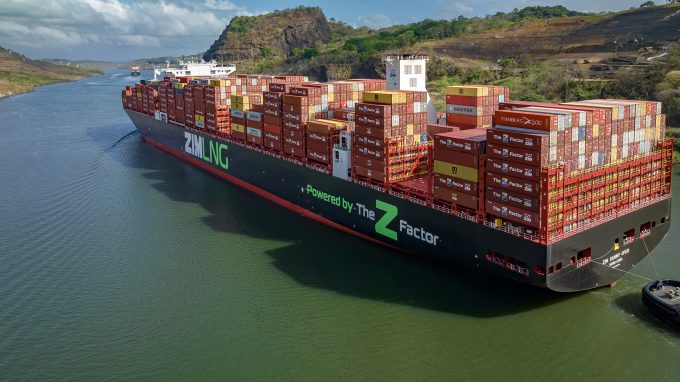COP29: UK PM announces 'determined commitment' to steep emissions cuts
Arriving at COP29 this week, UK prime minister Keir Starmer has unveiled a ‘nationally determined ...

LNG appeared briefly to go out of fashion last year after being slammed as a ‘bridge to nowhere’ and a fossil fuel industry ‘con’.
However, LNG-fuelled containerships have swept back to prominence in newbuild ordering, with a share of some 55% of the 2024 orderbook.
A record 1.76m teu of LNG-powered tonnage has been ordered, says Alphaliner this week, up from 440,000 teu in 2023.
It also represents a major increase over the 1.16m teu of LNG-powered tonnage ordered in 2022 – before ...
Semiconductors could compensate for air freight's lost ecommerce traffic
'It’s healthy competition' Maersk tells forwarders bidding for same business
Transpacific sees first major MSC blanks as rates fall and volumes falter
'Weakened' Maersk paying a heavy price for its lack of fleet growth
US shippers slam USTR port fee plan – 'an apocalypse for trade'
Opposition builds for final hearing on US plan to tax Chinese box ship calls
Despite sourcing shifts, 'don't write-off China', says CMA CGM CCO
Calling all shippers!
Please give us a minute of your time to answer the following questions:

Comment on this article